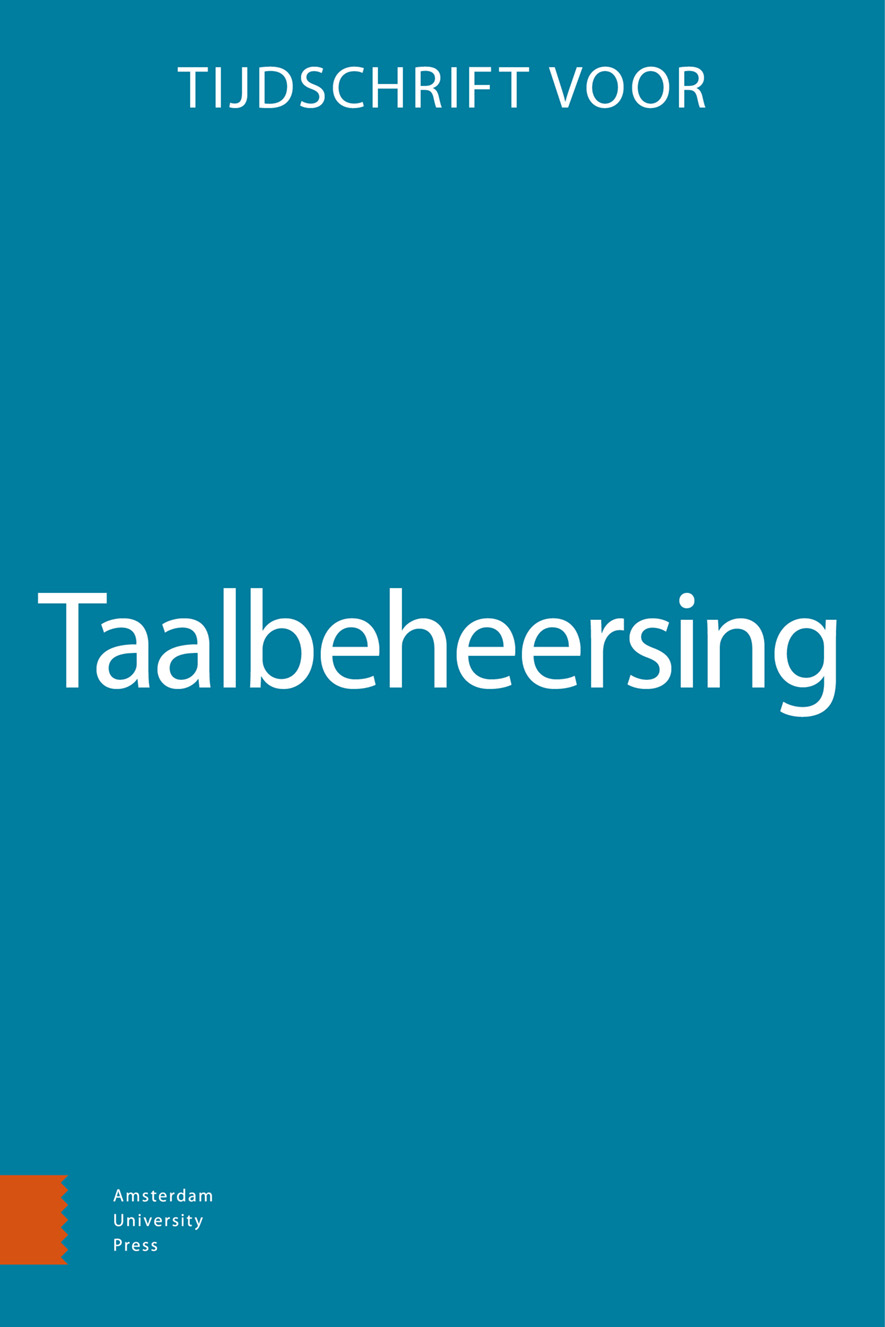-
oa De vertaalslag van taalbeheersingsresultaten naar derden
- Amsterdam University Press
- Source: Tijdschrift voor Taalbeheersing, Volume 40, Issue 2, dec. 2018, p. 249 - 255
-
- 01 dec. 2018
Samenvatting
The translation of communication research results to third parties
Research in common ground shows that knowledge particles often are not explicitly worked out in conversations. This is also the case in so-called ego documents, like diaries. But such results normally are not taken up by historicians, nor are results of communication research. This is a plea to find new ways in activating historicians in the Netherlands to make use of communication research results. The example worked out here are diaries in the occupied Netherlands that reflect the extermination of the Jews. Research often assumes that the diaries mentioning the killing of the Jews, does not imply the writers “know” about the killings. “Not knowing” and common ground, however, should first be an object of systematic reflection.


